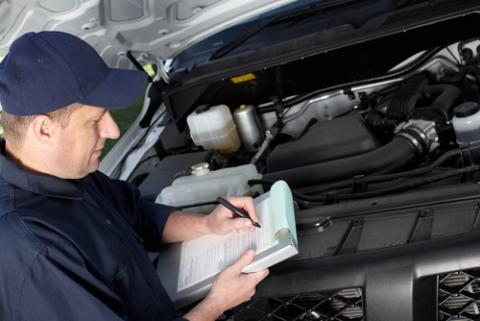
As a technician, you deal with other people’s car problems daily. At the end of a long winter full of ice, snow, salt and potholes in colder climates, you’re likely seeing a lot more customers coming in with squeaks and rattles and undercar problems.
You want to fix the issue quickly and get the car back on the road, but taking a few minutes to give the chassis a thorough look can help diagnose problems the customer didn’t mention but that could be troublesome in the near future. A quick list to run through every spring is a good start to ensure you fix what’s needed, and bring attention to upcoming service needs.
- Check wheels and tires – potholes can knock a car out of alignment, shown in uneven tread wear pattern and vibration, and can also cause beads and ply separation
- Axle seals, transmission and suspension – these areas get pounded hard running over ice chunks, potholes and rough roads. Check all seals on differentials, ball joints, transmission and suspension parts
- Radiator and hose inspection – rough, jarring roads and extreme cold can cause plastic to break, knocking a radiator or hoses loose. A replacement bolt or hose now may save a vehicle from major damage in the future
- Exhaust – road debris causes a lot of unseen damage until you get the vehicle on a hoist. A visual inspection of the exhaust system can detect kinks or bends that may cause damage or an underperforming engine
- Lighting – many drivers may not know they have a headlight or taillight out, depending on their driving habits. Extreme temperature changes can cause bulbs to burn out quickly
While increasing vehicle throughput and beating the flat rate is the secondary goal in every shop, the primary goal is getting the car fixed right and back on the road. A bit of extra time inspecting the vehicle, especially after a harsh winter, shows your customers you’re concerned with their vehicle health and prolonging the life of their investment.



